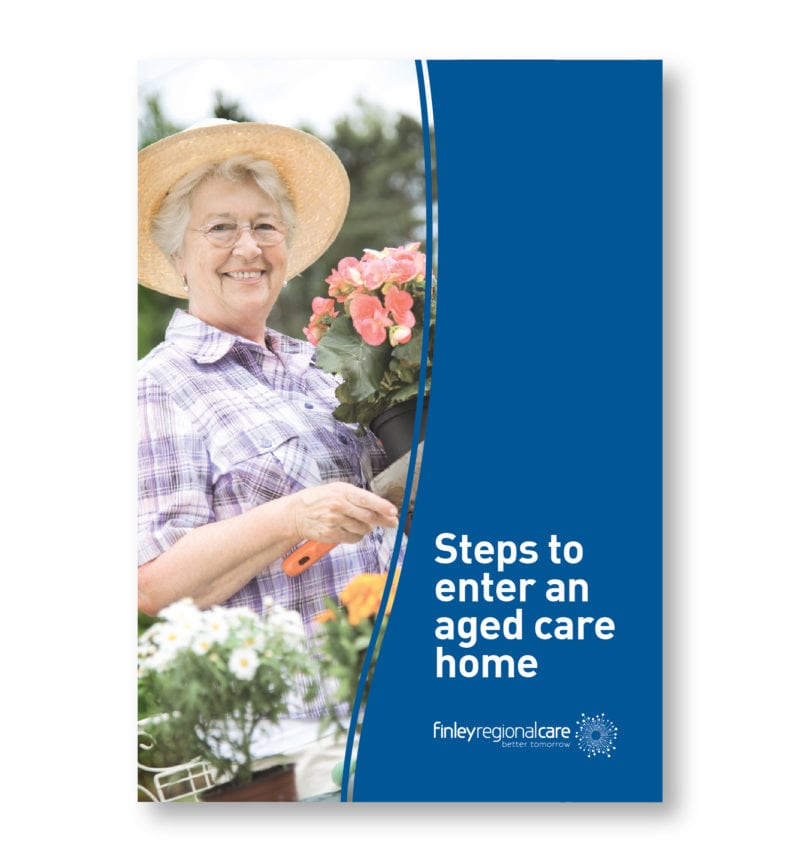May is National Stroke Awareness month – a time to improve public knowledge about strokes, learn how to prevent strokes and how to respond to a suspected stroke quick enough to give the victim the best chance of a successful recovery. It’s an important intervention, as stroke is one of the five leading causes of death in Australia. An average of 23 Australians die of stroke every day – which equates to around one stroke every 19 minutes. One in four people worldwide will have a stroke in their lifetime. Rates of stoke death increase with age too, with rates among Australians aged over 85 being four to six times higher than rates among people aged between 75 and 84 years. And surprisingly, regional Australians are 17% more likely to suffer a stroke than their city counterparts.
A stroke occurs when a blood vessel supplying blood to the brain becomes suddenly blocked (what’s known as an ischaemic stroke) or ruptures and begins to bleed (what’s known as a haemorrhagic stroke). This typically results in sudden impairment that affects a number of bodily functions and may result in part of the brain dying.
Effects of stroke
Strokes are severe events, which can attack up to 1.9 million brain cells per minute.
Strokes can cause:
- Paralysis of parts of the body controlled by the affected part of the brain
- Weakness or lack of movement
- Speech problems
- Vision problems
- Difficulty swallowing
- Problems with thinking or remembering
- Difficulty reading or writing
- Fatigue
- Sensory or perceptual problems
- Incontinence
- Problems controlling emotions
A stroke can be fatal, and even if it’s not, many survivors will end up with a long-term disability. They are likely to need help with moving, talking and self-care for the rest of their lives. Complete recovery is sometimes possible, as the brain learns to compensate for damage, but sadly many people never regain their previous abilities.
Signs and symptoms of stroke
- Slurred speech or difficulty understanding speech
- Sudden weakness or paralysis on one side of the body
- Sudden numbness or abnormal sensations on one side of the body
- Difficulty seeing in one or both eyes, possibly accompanied by a headache
- Coordination or balance problems
- Dizziness
- Trouble swallowing
- Cognitive problems, confusion or difficulty paying attention
- Fatigue
- Personality changes
- Bowel and bladder problems
- Depression
To help you remember the signs and symptoms of a stroke, try the FAST test – a quick and easy way to remember and identify the signs of a stroke:
- Face – check their face for signs such as drooping
- Arms – check that they can lift both arms.
- Speech – check if their speech is slurred and if they can understand you.
- Time – if you see any of these signs, it’s critical to get them treated straight away. Don’t wait – call 000 immediately. Act FAST.
Remember, the longer it takes to get treatment, the more chance there is of having stroke-related brain damage afterwards.
What to do if you suspect a stroke
If you suspect that you or someone else may be suffering from a stroke, call 000 immediately and ask for an ambulance. Keep the person comfortable, calm and as still as possible until help arrives.
How to prevent a stroke
It might surprise you to know that 80% of strokes are preventable. There are plenty of things you can do to help prevent a stroke (or another stroke, if you’ve had one before).
Strokes are much more likely in people with certain lifestyle factors in play, including:
- An inactive lifestyle
- An unhealthy diet
- Being overweight or obese
- Alcohol consumption
- Smoking
Some medical conditions also make you more likely to experience a stroke, such as:
- Diabetes
- High blood pressure
- High cholesterol
- Atrial fibrillation
If you experience any of these conditions, work with your doctor to treat them so you can effectively reduce your risk of stroke.
As well, you can reduce your stroke risk by maintaining a healthy lifestyle. That includes:
- Eating healthily, with a diet high in fruits, vegetables, fibre, healthy fats and nuts and low in saturated fat and salt
- Maintaining an adequate level of physical activity (the Australian guidelines recommend 30 minutes of light to moderate physical activity on most days of the week)
- Stopping smoking, as this doubles your stroke risk
- Drinking alcohol in moderation or avoiding it completely, as it also increases your risk of stroke
What about mini strokes?
Mini strokes, or transient ischemic attacks (TIAs) are brief blockages of the blood flow to the brain, spinal cord or retina which may cause temporary stroke-like symptoms. The symptoms are similar to those of a regular stroke, but may only last a few minutes (although they may sometimes persist for up to 24 hours). A TIA is a warning sign that you are at risk of a stroke, with one in three people who experience a TIA going on to experience a stroke. It’s important to seek medical attention for a mini stroke, as you may need medication or a procedure to help reduce your stroke risk.
We can’t afford to take the risk of stroke lightly. Know your risk of stroke – try this risk checker here to uncover your risk for a number of health problems including strokes. And take steps to decrease your risk by improving those lifestyle factors that are within your control. Know the signs of a stroke and take quick action if you suspect someone may be having a stroke.
Click here to discover more of the secrets to living a longer, healthier life


 How to make the transition to aged care a positive experience
How to make the transition to aged care a positive experience
